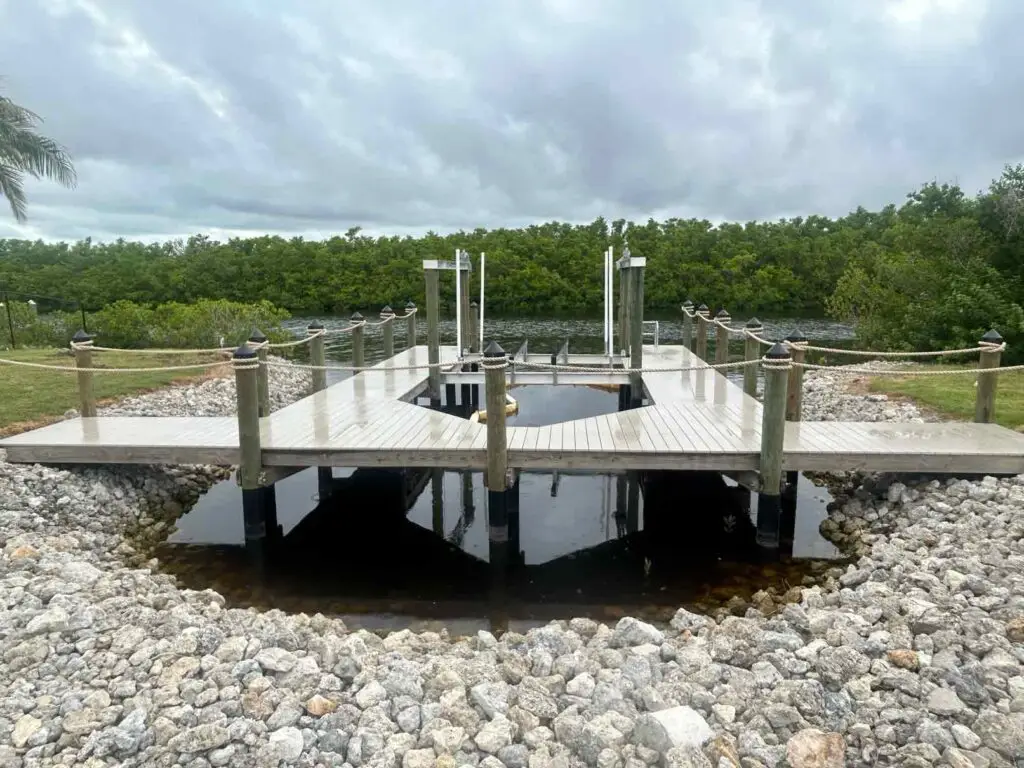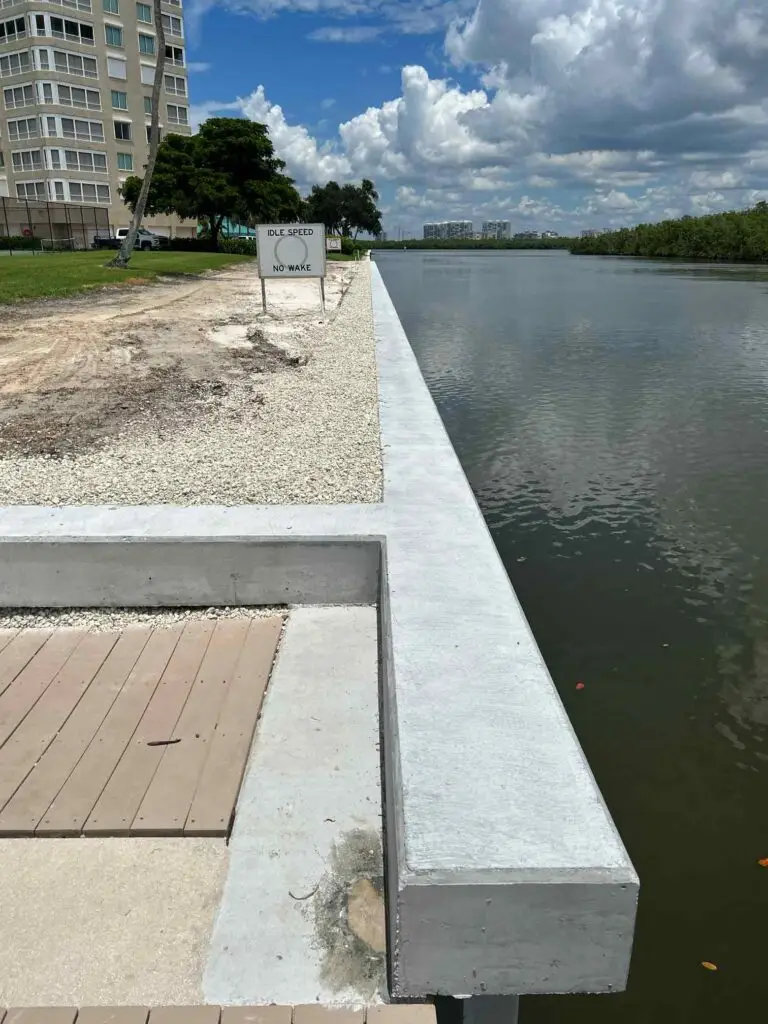Seawall Repair & Installation

Seawalls & Ripraps
Protect Your Shoreline from Erosion and Damage
Seawalls & Ripraps - SWFL Custom Solutions

Seawall Repair & Installation
At Overall Marine Services, we understand the unique challenges that come with protecting waterfront properties in Southwest Florida. From Marco Island to Sanibel Island, our seawall and riprap services are designed to safeguard your shoreline from erosion, storm damage, and rising tides. Whether you need to repair an existing seawall in Naples, install a new one in Bonita Springs, or fortify your shoreline with riprap in Cape Coral, our expert team is equipped to deliver durable and effective solutions tailored to your location’s specific needs.

Initial Consultation and Site Assessment

Design Development and Permitting

Site Preparation and Demolition

Seawall Construction

Final Inspection and Project Completion
Get A Free Quote, Fast!
Why Choose Overall Marine Services for Your Seawall Repair Project?
Seawalls and riprap are essential for preserving the integrity of waterfront properties across Southwest Florida, where erosion and storm surges pose significant risks. Seawalls act as a solid barrier, preventing erosion and protecting properties from wave action, while riprap provides a natural buffer that absorbs and dissipates wave energy. Our approach ensures that your seawall or riprap installation not only offers robust protection but also blends seamlessly with the natural beauty of areas like Estero, Fort Myers, and Punta Gorda.
Expert Craftsmanship
With extensive experience in marine construction throughout Southwest Florida, our team builds seawalls and riprap installations that are both effective and visually appealing. From the tranquil shores of Naples to the bustling waterways of Fort Myers, we use proven techniques and high-quality materials to ensure your project withstands the elements.
Tailored Solutions
Every waterfront property in Southwest Florida is unique, which is why we offer customized seawall and riprap solutions that address the specific challenges of your location. Whether you need a new installation in Cape Coral, a repair in Punta Gorda, or a combination of both, we create solutions that fit your property and budget.
Comprehensive Service
From permitting and design to construction and final inspection, we manage every aspect of your seawall or riprap project with precision and care. Our goal is to deliver a seamless experience and results that exceed your expectations, no matter where your property is located in Southwest Florida.

Benefits
Enhanced Property Protection
Seawalls and riprap installations provide critical protection against erosion, storm surges, and rising tides, preserving your land and safeguarding your property from water damage. Whether you’re in Port Charlotte or Estero, investing in these protective measures can prevent costly repairs and maintain the integrity of your shoreline.
Increased Property Value
A well-designed and professionally installed seawall or riprap can significantly boost the value of your waterfront property, whether it’s on Marco Island or Sanibel Island. These structures not only offer essential protection but also enhance the aesthetic appeal and usability of your shoreline.
Long-Term Durability
Our seawalls and riprap installations are built to last, using materials and construction methods that withstand the harsh conditions of Southwest Florida’s coastal environment. From Bonita Springs to Cape Coral, our projects provide reliable protection for decades.
Environmental Benefits
Riprap installations, in particular, support natural habitats by providing a stable environment for aquatic life. Additionally, our designs incorporate eco-friendly practices that help preserve the natural beauty and health of shorelines across Fort Myers, Naples, and beyond.
Custom Design Options
Whether you need a traditional seawall, a natural riprap shoreline, or a combination of both, we offer a range of design options to suit the needs of your property in Southwest Florida. Our team works with you to create a solution that is both functional and aesthetically pleasing.
What questions should you ask your contractor if you need to get seawall work done? Read more in our dedicated blog post.